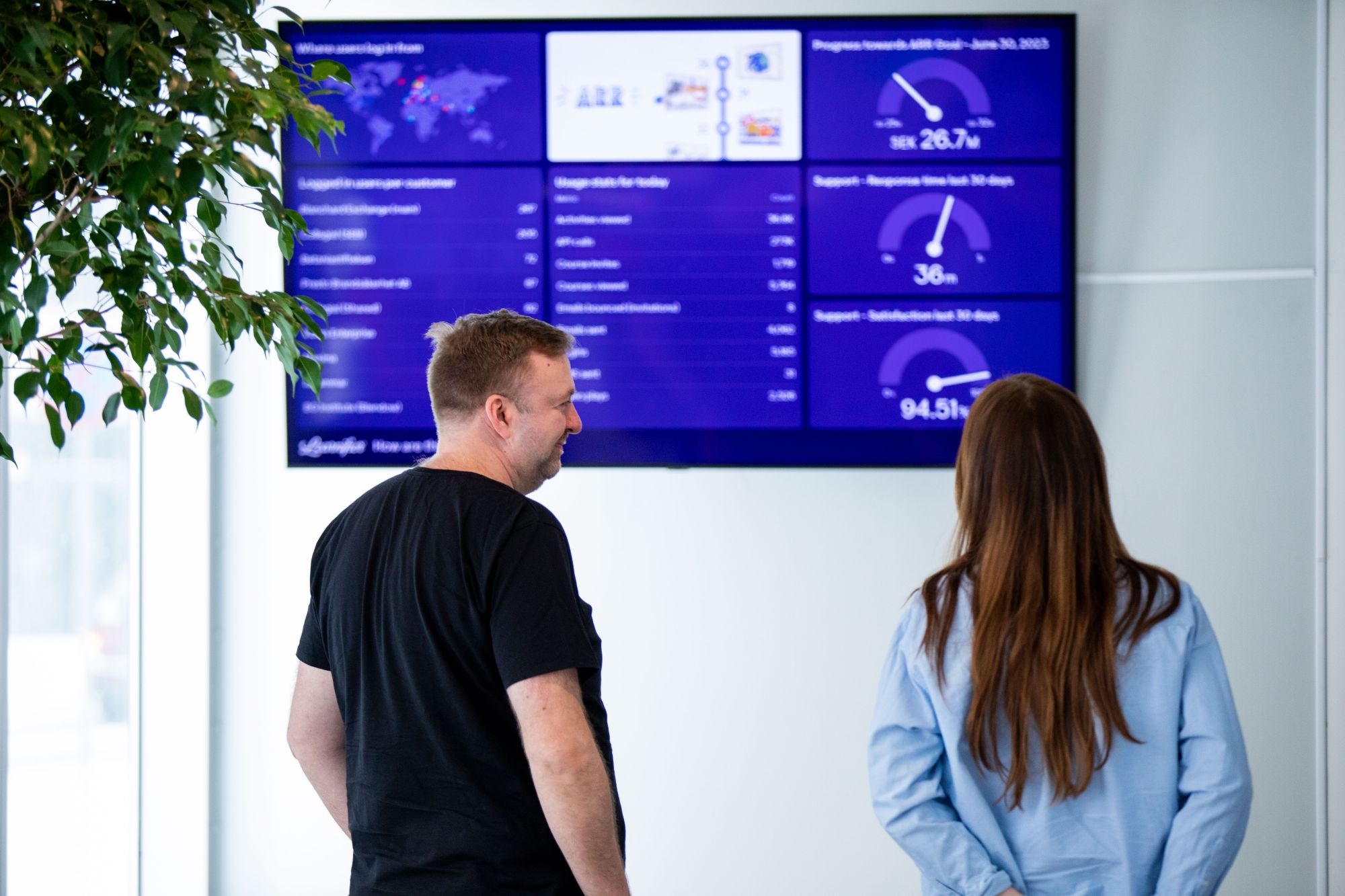Creating a seamless onboarding experience is therefore more than an HR task, it is a strategic investment in people and performance. By preparing in advance, offering the right support, and continuously refining the process, organizations can ensure that every new colleague feels ready to contribute from day one.
Why is onboarding important? Key benefits for new employees and companies
Onboarding is the process that helps new employees integrate into the company, understand their tasks, and get to know their colleagues. A well-designed onboarding process can contribute to:
1. Faster productivity
New employees who receive the right support and resources from the start can quickly get into their roles and start contributing.
2. Increased engagement
A positive onboarding experience can increase employee engagement and loyalty to the company.
3. Reduced turnover
By giving new hires a strong start, the risk of early employee turnover is reduced.
Steps to a smooth onboarding process
1. Prepare before the start date
An effective onboarding process starts even before the new hire sets foot in the office. Some important preparations include:
• Send a welcome message: A personal greeting from the team or manager can make the new employee more enthusiastic about their new role.
• Prepare the workspace: Ensure that all necessary tools and resources, such as computers, software, and office supplies, are in place.
• Create an onboarding plan: A detailed plan with clear goals and milestones helps structure the first period at the company.
2. Plan a strong introduction day
The first day at work is critical for creating a positive first impression. Some important activities can be:
• Welcome meeting: A meeting with the team and other relevant people to introduce the new employee to the work culture and key contacts.
• Office tour: Show the new employee around the office and explain important areas such as meeting rooms, kitchen, and rest areas.
• Training in systems and tools: Provide an overview of the systems and tools that the new hire will use.
3. Provide mentorship and support
Having a mentor or buddy can be very helpful for a new hire. A mentor can:
• Provide guidance and support: Help the new employee understand the company culture and work processes.
• Answer questions: Be available to answer questions and provide advice during the first few weeks.
4. Follow up regularly to strengthen the onboarding process
The onboarding process should not end after the first week. Ongoing follow-up is important to ensure that the new hire continues to develop and thrive. Some ways to do this are:
• Regular check-ins: Plan regular meetings to discuss progress, give feedback, and set new goals.
• Training and development: Offer continuous training and development opportunities to keep employees engaged and updated.
5. Collect feedback to continuously improve
An effective onboarding process is dynamic and should constantly improve based on feedback from new hires. Some ways to collect feedback are:
• Surveys and interviews: Conduct regular surveys or interviews with new employees to gain insights into their experiences.
• Analyze data: Analyze data on time to productivity, engagement, and turnover to identify areas that can be improved.
A long-term investment
Creating a smooth onboarding process for new employees is an investment that can yield great returns in terms of increased productivity, engagement, and reduced turnover. By preparing thoroughly, offering support, and continuously improving the process, companies can ensure that their new employees get a strong start and become valuable members of the team.
Remember that a successful onboarding process is not just about transferring information, but also about creating a welcoming and supportive work environment where new hires can thrive.
Read how Learnifiers platform can support onboarding.






.webp)



.webp)









